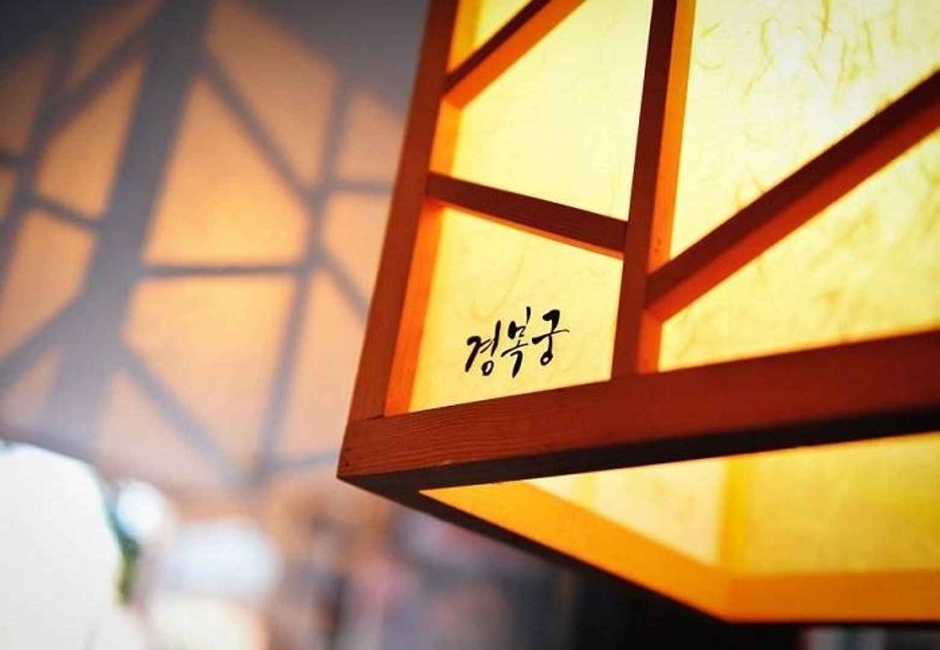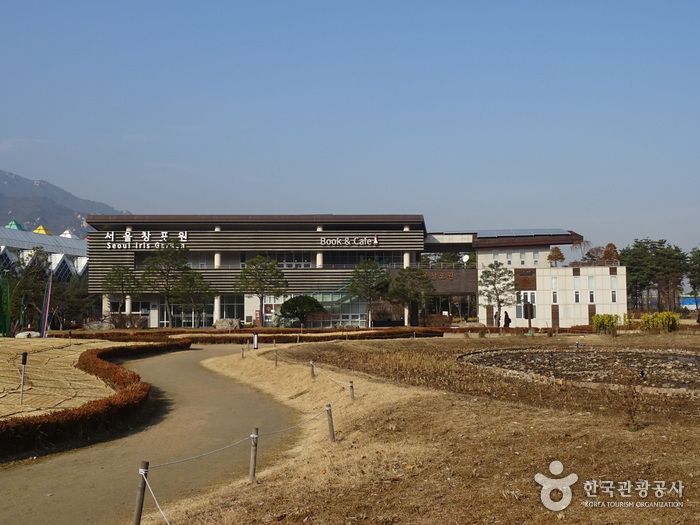Olive Young - Sangbong Duoturris Branch [Tax Refund Shop] (올리브영 상봉듀오트리스)
7.3Km 2024-04-18
131, Sangbong-ro, Jungnang-gu, Seoul
-
Olive Young - Guri Sutaek Branch [Tax Refund Shop] (올리브영 구리수택점)
7.3Km 2024-06-27
70, Imunan-ro, Guri-si, Gyeonggi-do
-
Homeplus Stores - Banghak Branch [Tax Refund Shop] (홈플러스스토어즈 방학)
7.4Km 2024-04-22
678, Dobong-ro, Dobong-gu, Seoul
-
Seoul Novos Hospital (서울노보스병원)
7.4Km 2025-07-29
720 Dobong-ro, Dobong-gu, Seoul
Seoul Novos Hospital which is located in Banghak-dong, Dobong-gu, Seoul has convenient transportation network.( 2 minutes from Exit 1 of Line 1 subway station)
we have more than 300 staffs. highly skilled medical professionals, and state-of-the-art equipment (latest MRI, CT). And we provide rehabilitation therapy/inpatient care, dementia & stroke testing, electromyography, electroencephalography, painless sedation endoscopy (upper and lower), ultrasound (abdominal, cardiac), osteoporosis testing, comprehensive blood tests (cancer screening), national health checkups, and personalized comprehensive health checkups.
we aim to be a comfortable and trusted hospital
Olive Young - Dasanjigeum Branch [Tax Refund Shop] (올리브영 다산지금점)
7.5Km 2024-06-28
129, Dasanjigeum-ro, Namyangju-si, Gyeonggi-do
-
Kyungbokkung - Changdong Branch (경복궁 창동)
7.5Km 2024-07-31
610, Dobong-ro, Dobong-gu, Seoul
+82-2-992-6777
Chefs specializing in Korean dishes use prime meat. This restaurant's signature menu is grilled boneless ribs. This Korean dishes restaurant is located in Dobong-gu, Seoul.
E-Mart - Jinjeop Branch [Tax Refund Shop] (이마트 진접)
7.6Km 2024-04-22
154, Geumgang-ro yuyeondeul 1-gil, Jinjeop-eup, Namyangju-si, Gyeonggi-do
-
Seoul Iris Garden (서울창포원)
7.8Km 2020-08-24
916, Madeul-ro, Dobong-gu, Seoul
+82-2-954-0031
Seoul Iris Garden is located between Dobongsan and Suraksan mountains in northern Seoul. The garden, measuring 52,417 ㎡, boasts a wide array of irises and other plants in 12 different themed zones including Iris Garden, Medicinal Plant Garden, and Wetland Park.
At the Iris Garden, 300,000 irises in 130 species are on display on a plot of land measuring 15,000 ㎡. Species include yellow iris, iris setosa, iris pallasii, and iris domestica, each boasting its own brilliant colors and delicate shape. The Medicinal Plant Garden is home to 130,000 plants in 70 different species of medicinal plants, allowing visitors to view the largest selection of medicinal herbs in the country. Wetland Park presents 70,000 wetland plants and houses an observatory deck from which visitors may view and learn about the diverse aquatic plants.
Cheoni Observatory within the garden provides visitors with a place take to in the beautiful scenery from above. The nearby forest lounge is a rest area for visitors as well as a center of operations for the park’s ecological education programs. Irises are in bloom from May to June of every year, but are even a sight to behold during the rest of the warmer months, given the delicate shape of their leaves.
[Seoul Trail Course 1] Suraksan · Buramsan Mountain Course ([서울 둘레길 1코스] 수락 · 불암산 코스)
7.9Km 2025-01-06
Junggye-dong, Nowon-gu, Seoul, Republic of Korea
Seoul Trail is a walking trail that encompasses the entire city of Seoul, with a total length of 157km and 8 courses. It weaves together the history, culture, and natural ecology of Seoul through various stories. The 1st course is a gentle path from Suraksan Mountain to Buramsan Mountain, covering 18.6km and taking approximately 8 hours and 10 minutes. This trekking course around Buramsan Mountain passes through Iris Garden, Deongneung-gogae, Information Center, Taereung Royal Tomb, Suamsa Temple, and Hakdoam Temple.
Hongneung and Yureung Royal Tombs [UNESCO World Heritage] (남양주 홍릉(고종과 명성황후)과 유릉(순종과 순명,순정 황후) [유네스코 세계문화유산])
7.9Km 2021-07-19
352-1, Hongyureung-ro, Namyangju-si, Gyeonggi-do
+82-31-591-7043
Hongneung and Yureung Royal Tombs is Historic Site No. 207. Hongneung Tomb is the resting place of Emperor Gojong and his wife Empress Myeongseong, while Yureung Tomb is the resting place of Emperor Sunjong, his first wife Empress Sunmyeonghyo, and his second wife, Empress Sunjeonghyo. Hongneung and Yureung look different from other royal tombs. When the name of the country changed from the Joseon dynasty to the Daehan Empire, the rulers of Korea were called emperors. Therefore, the tombs of the two emperors were modeled after the tomb of the Ming dynasty’s ruler, King Taizu (Zhu Yuanzhang). Surrounding Hongneung and Yureung are statues carved in the shape of animals such as giraffes, elephants, and lions, which can’t be seen at the other royal tombs of the Joseon dynasty. The stonework of Hongneung tomb was made in a traditional way, while the stonework of Yureung tomb shows a more realistic and advanced technique.
![Olive Young - Sangbong Duoturris Branch [Tax Refund Shop] (올리브영 상봉듀오트리스)](http://tong.visitkorea.or.kr/cms/resource/83/2889183_image2_1.jpg)

![Homeplus Stores - Banghak Branch [Tax Refund Shop] (홈플러스스토어즈 방학)](http://tong.visitkorea.or.kr/cms/resource/14/2878114_image2_1.jpg)

![E-Mart - Jinjeop Branch [Tax Refund Shop] (이마트 진접)](http://tong.visitkorea.or.kr/cms/resource/13/2889413_image2_1.jpg)

![[Seoul Trail Course 1] Suraksan · Buramsan Mountain Course ([서울 둘레길 1코스] 수락 · 불암산 코스)](http://tong.visitkorea.or.kr/cms/resource/16/2658216_image2_1.jpg)
![Hongneung and Yureung Royal Tombs [UNESCO World Heritage] (남양주 홍릉(고종과 명성황후)과 유릉(순종과 순명,순정 황후) [유네스코 세계문화유산])](http://tong.visitkorea.or.kr/cms/resource/20/2005620_image2_1.jpg)
 English
English
 한국어
한국어 日本語
日本語 中文(简体)
中文(简体) Deutsch
Deutsch Français
Français Español
Español Русский
Русский